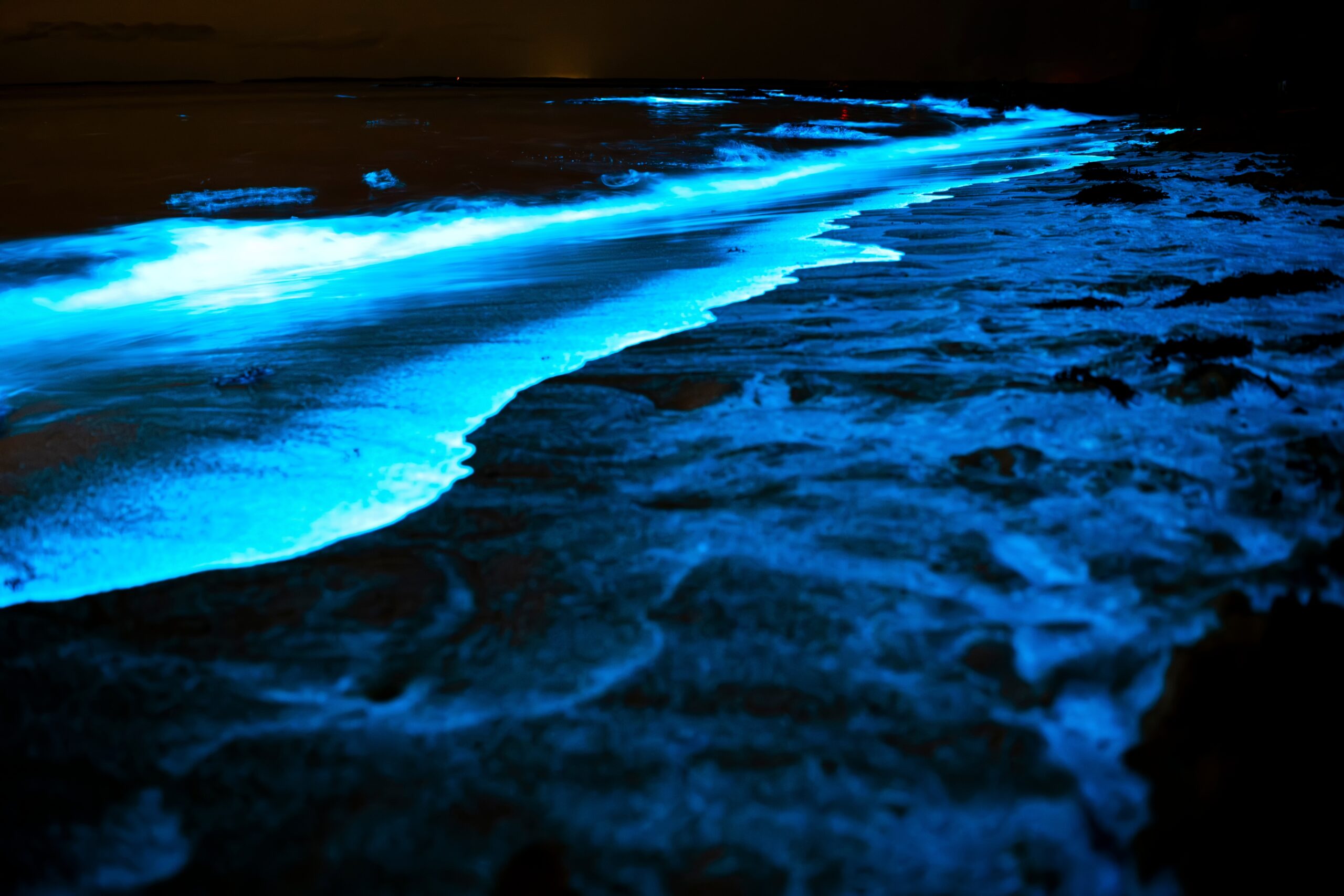Understanding Age Spots: Causes and Characteristics
Age spots, also known as liver spots or solar lentigines, are a common skin condition characterized by flat, brown, gray, or black marks that typically appear on sun-exposed areas such as the face, hands, shoulders, and arms. These spots are more prevalent in individuals over the age of 50, although younger people can develop them too, especially if they spend a lot of time in the sun without protection.
The primary cause of age spots is prolonged exposure to ultraviolet (UV) light, which accelerates the production of melanin, the pigment responsible for skin color. When melanin becomes clumped or produced in high concentrations, age spots emerge. While they are harmless and do not require treatment, many seek to lighten or remove them for cosmetic reasons.
It’s important to differentiate age spots from other skin conditions. For instance, moles and freckles can appear similar but have different characteristics and implications. Freckles are typically smaller and fade without sun exposure, whereas moles can be raised and may require medical evaluation if they change in appearance. Understanding these differences is crucial in determining the appropriate treatment path.
Preventing Age Spots: Protective Measures
Prevention is always better than cure, and this adage holds true for age spots. Protecting your skin from the sun is the most effective way to prevent age spots from forming. Here are some practical steps:
- Use sunscreen with a high SPF: Apply a broad-spectrum sunscreen with an SPF of at least 30 daily, even on cloudy days.
- Wear protective clothing: Long sleeves, wide-brimmed hats, and sunglasses can shield your skin from harmful UV rays.
- Avoid peak sun hours: The sun’s rays are strongest between 10 a.m. and 4 p.m. Try to stay indoors or seek shade during these hours.
- Regular skin checks: Monitor your skin for any new spots or changes in existing ones, and consult a dermatologist if you notice anything unusual.
Implementing these measures not only helps prevent age spots but also reduces the risk of skin cancer and other sun-related skin damage.
Over-the-Counter Treatments: Creams and Serums
For those seeking to reduce the appearance of age spots without professional intervention, over-the-counter (OTC) treatments offer a convenient solution. Many products are formulated to lighten pigmentation and even out skin tone. Here are some common ingredients to look for in OTC treatments:
- Hydroquinone: Often considered the gold standard for skin lightening, hydroquinone works by inhibiting melanin production. It is available in concentrations of up to 2% in OTC products.
- Retinoids: Derived from vitamin A, retinoids promote cell turnover and can help fade age spots over time.
- Vitamin C: Known for its antioxidant properties, vitamin C can brighten the skin and reduce pigmentation.
- Kojic Acid: A natural compound derived from fungi, kojic acid is effective in lightening dark spots.
While these treatments can be effective, results take time and consistency. It’s important to follow the product instructions carefully and be patient, as visible improvements may take several weeks to months.
Professional Treatments: Dermatological Procedures
For those seeking more immediate or pronounced results, professional dermatological treatments may be a suitable option. Dermatologists offer various procedures to target age spots, each with its own benefits and considerations:
- Laser Therapy: This treatment uses concentrated light to target and break down melanin. It is effective but can be costly and may require multiple sessions.
- Chemical Peels: A chemical solution is applied to the skin, causing it to exfoliate and eventually peel off, revealing new, less pigmented skin.
- Microdermabrasion: This non-invasive procedure involves exfoliating the skin with a special instrument to remove the outer layer, reducing the appearance of age spots.
- Cryotherapy: In this treatment, age spots are frozen with liquid nitrogen, causing them to peel off over time.
These professional treatments often deliver faster results than OTC products, but they can be more expensive and may involve downtime. Consulting with a dermatologist can help determine the most appropriate treatment based on skin type and desired outcomes.
Conclusion: Achieving a More Even Skin Tone
Age spots are a natural part of the aging process and a common concern for many individuals seeking a more even skin tone. Whether opting for preventive measures, over-the-counter products, or professional treatments, there are numerous strategies to address these spots effectively. Understanding the causes and characteristics of age spots, as well as the available treatment options, empowers individuals to make informed decisions about their skin care. Remember, while age spots are harmless, maintaining regular skin checks and consulting with a dermatologist can ensure healthy and beautiful skin at any age.





